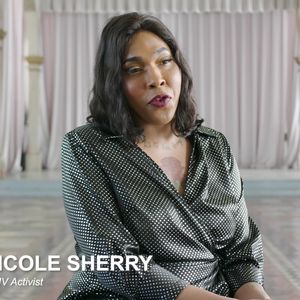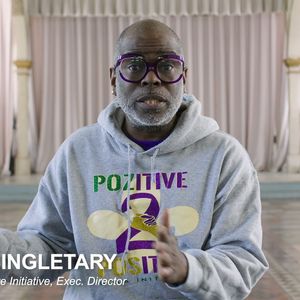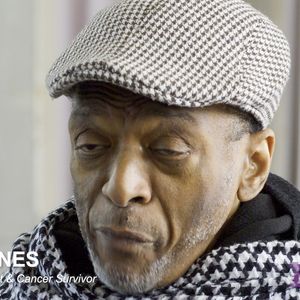As I write this, I'm halfway through reading A Tree Grows in Brooklyn, Betty Smith's classic 1943 novel about the Nolans, a family of immigrants living, loving, and longing in a tenement in turn-of-the-century Brooklyn. The book was a gift from my friend Michelle who says it's her favorite book ever. Of course, she's yet to pick up Safe at Home, actress Alyssa Milano's just-out memoir about her lifelong obsession with baseball -- huh? -- so that could change.
A Tree Grows In Brooklyn is the perfect read for me right now for several reasons. One, I'm living in New York City for the first time, working for ten weeks as a writer on Logo's The Big Gay Sketch Show. (Watch for Season 3 in 2010!) Secondly, like most Americans living through this recession, I'm totally freaked out about money. Once this gig ends, I got nothin' lined up so I could easily end up as penniless as the Nolan clan. The trouble is, I'm not nearly as scrappy.
In times like these, a little perspective is in order so I paid a visit to the Tenement Museum at 97 Orchard Street on Manhattan's lower east side. Founded in 1988, the museum bills itself as the first in the nation to depict the urban immigrant poor and working-class experience. This focus on everyday people is a stark departure from most historical tours I've been on, which are all about the fancy people and their fancy churches, palaces, tombs and, in the case of the Liberace museum in Vegas, their fancy red, white, and blue sequined hot pants.
The Tenement Museum offers several different tours, each showing a different aspect of the immigrant experience. Michelle, her husband Randy, and I opted for Piecing It Together, which focuses on the garment industry. After entering the building and climbing the dark, creaky steps to the second floor, our genial guide, Peter, introduced us to the Levin family, who ran a dress factory here around the turn of the century. In the painstakingly recreated apartment, we saw the different workstations and got a little factory dish from Peter. Jenny, the Levin matriarch, apparently did not get along with the dress presser. This led to some testy times at the tenement.
From there, it was upstairs to an apartment that once housed the eight-member Rogarshevsky family. Father Abraham died of tuberculosis -- or tailor's disease, as it was known -- and the apartment has been decorated to recreate when the family sat shiva for him, with coffee cups and plastic bread rolls and the whole spread. "Even in tough times," Michelle remarked, "my people have always known how to eat."
Abraham's wife Fannie was the building's last resident, staying on as the unofficial super until 1941. Then the building sat abandoned for 53 years. When I asked Peter how it came to be rediscovered, he told me that one of the museum's founders, Anita Jacobson, stumbled upon the place in 1988 when she was looking for office space in the area and needed the bathroom. This potty-run scenario intrigues me. There wasn't a Denny's around? Wow, she must have really needed to go. Talk about a happy accident.
Part One | Part Two





















































































